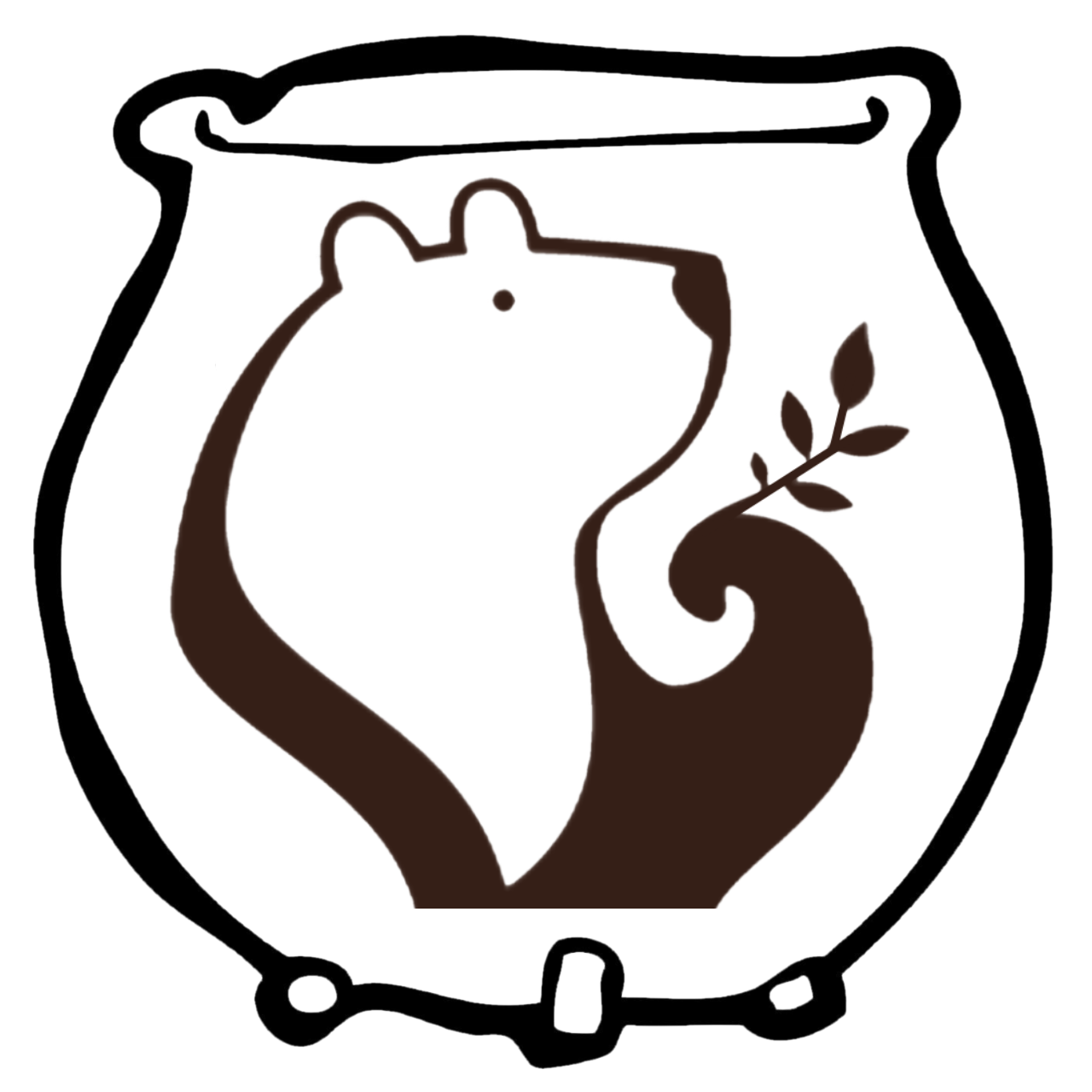Turmeric
The Golden Spice of India
The journey
from my home to my palace
from the hive to the flower
from my veins to my heart
felt like
I was returning to my dreams
returning to the unknown
returning home
salt turned to turmeric
jeans turned to silk
water turned to lassi
cars transformed into rickshaws
the rain falling from the bleak sky
turned to crimson powders
falling out of the sky on Holi …
the spirit of India
captivates forgotten dreams
that dance around in space
and plants them into its soil
so, they can grow
and play with the world
I saw colours that I had never seen until I visited India
The golden turmeric exudes the peaceful confidence of a Buddhist Monk. Growing about three feet tall, he has an erect stature, while keeping a gentle flexibility. His leaves are alternate and arranged in two rows, giving him a structure without rigidity. From his leaf sheaths, he grows a false stem with a long (20-45 inch) petiole. Atop that is his similarly long and oblong simple leaf (30–60 inches). Although he is often considered aligned with the masculine, it is a delicate masculinity. In fact, like his hermaphrodite flowers, there is almost a non-genderness about him. His flower spikes sit terminally upon a false stem and bloom early in the growing season, often before the unfurling of the plant’s leaves. The uppermost bracts are the most showy, but do not host the little florets. Instead the florets are tucked in amongst the less-showy lower bracts. These bracts are eaten as a vegetable. The little florets themselves are bright yellow. Look for sets of three here, three sepals and three petals. Only the center stamen of the inner circle is fertile, all other stamens are more precisely staminodes. Despite his good looks, his beauty shines in his root. Thick, branched, rich and golden rhizomes are the source of the spice, medicine and dye turmeric. In Ayurvedic medicine, turmeric is an agent of balance, promoting harmony among three doshas: vata (air), pitta (fire), and kapha (water).
The Magic of Turmeric
Correspondences
Element: Fire
Gender: Masculine
Sabbat: Samhain
Planet: Mars
Chakra: Sacral
Spellwork
Passion
Cleanse
Strength
Heal
Protect
Proverb
Sindhi: The mouse who finds a piece of turmeric cannot claim to own a grocery store.
The Medicine of Turmeric
Ayurvedic
Ayurvedic Name: Haridra
Vata: Balances
Kapha: Balances
Pitta: Balances
Taste: Pungent, Bitter
Herbology
Cholagogue
Choleretic
Anti-inflammatory
Antimicrobial
Antioxidant
Hepatic
Hypolipidemic
Vulnerary
Stimulant
TCM
TCM Name: Jiang huang
Botanical Name: Curcuma longa
Common Name: Turmeric
Energy: Warm
Flavor: Acrid, Bitter
Organs: Spleen, Stomach, Liver
Movement: Invigorates Blood
Science of Turmeric
Botany
Botanical Name: Curcuma longa
Family: Zingiberaceae (Ginger Family)
Type of Plant: Herbaceous perennial
Habitat: Rich moist soil, Full/Part Sun
Zone: 8-11
Bloom Time: July – August
Height: 3-4 feet
Spread: 3-4 feet
Propagation: Root division
Harvest: When leaves wither
Part Used: Rhizome
Constituents: Volatile oils, Curcuminoids, Resins
Native Region: India, Malaysia
Sustainability: Good
Leaf
Structure: Simple
Arrangement: Alternate
Shape: Oblong, Elliptical
Length: 30-50 inches
Margins: Smooth
Surface: Pleated
Flower
Inflorescence: Terminal Spike
Sexuality: Mostly Sterile
Stamen: 1 true stamen
Petals: 3 Irregular, fused
Color: Yellow
Size: 1.2 inches
Sacred Story
In Buddhism, the color orange-yellow represents the Bodhisattva Ratnasambhava, also called the “Jewel Born.” His focus is on generosity, equanimity, and equality by means of the knowledge of the eternal nature of reality, or Dharma. Bodhisattva Ratnasambhava is associated with the element earth and turmeric, which is a symbol of purity and prosperity. It is this sacred herb that is used in ceremonies and as a dye to create the traditional saffron-colored robes which adorn Buddhist monks.




